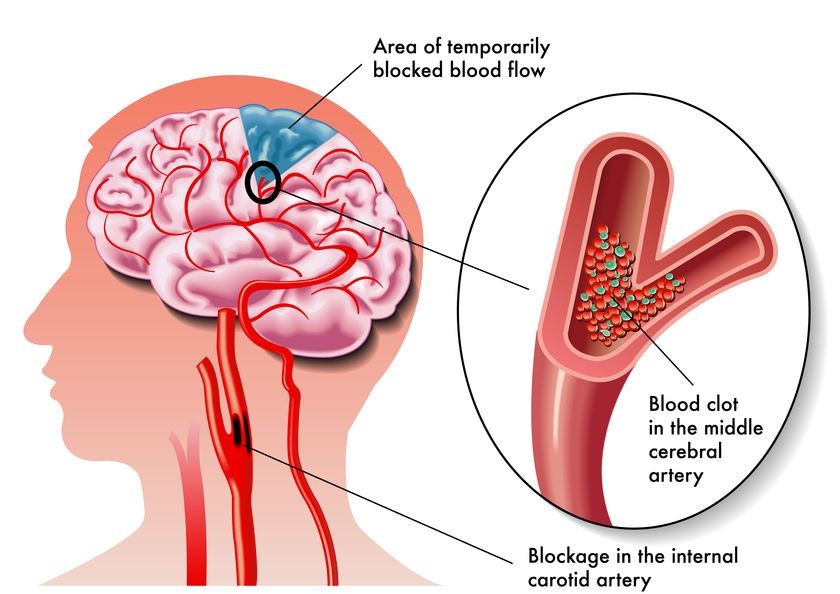
People with Varicose Veins have a Higher Risk of Serious Circulatory Problems

People with varicose veins have a higher risk of other serious conditions, according to a new study.
The study showed varicose veins increases the risk of deep vein thromboses (DVTs), pulmonary embolisms (PEs), and peripheral arterial disease (PAD). Younger people with varicose veins were at special risk for DVTs and PEs, while men with varicose veins were at higher risk for PAD.
Varicose veins are common, affecting 22 million American women and 11 million American men between the ages of 40 to 80 years, according to the American Heart Association. While most people with the vein disease never experience anything more than a little embarrassment, complications like DVT, PE and PAD can occur.
Studying the Risk of Complications from Varicose Veins
Scientists have performed a few small-scale studies to estimate the risk of these complications of varicose veins; this is the first large study to investigate the association between varicose veins and DVTs, PEs and PAD.
In this study, researchers analyzed the records of 425,968 patients from the National Health Insurance (NHI) program in Taiwan from 2001 to 2013. The researchers excluded participants who were under the age of 20 or who had already developed DVT, PE, or PAD before developing varicose veins.
The scientists found that patients with varicose veins indeed have a higher risk of these conditions, even when the researchers considered any other medical problems or risk factors participants might have had. In fact, they found that varicose vein sufferers are five times more likely to develop DVT than were adults without varicose veins.
The researchers also found that varicose veins increased the risk of DVT and PAD in younger patients, and that males with varicose veins were at higher risk of PAD than were women.
Varicose Veins – More than Just Unsightly
Varicose veins are swollen, twisted veins that appear at the surface of the skin. These blue or dark purple veins bulge outwards, ruining the smooth youthful appearance of skin. Varicose veins tend to develop on a person’s legs. Most varicose veins pose only a cosmetic problem, which means they are unappealing but will not cause a long-term or serious problem. In some cases, complications from varicose veins can cause health issues, such as DVT, PE and PAD.
Veins are part of the circulatory system in the body. Arteries transport blood from the heart to the rest of the body, where cells use the oxygen and nutrients to function. As they work, the cells create byproducts. Veins carry these byproducts from the far reaches of the body back up to the heart.
Gravity helps arteries deliver blood downwards from the heart to the rest of the body. Veins, on the other hand, must fight gravity to bring blood upwards toward the heart. Each beat of the heart pushes blood a little further upwards in the veins, but blood can flow back downwards in between beats. Doctors refer to this change of direction as reflux.
Unable to move upward towards the heart, blood accumulates in the veins of the lower legs, ankles and feet.
Veins feature special valves to reduce reflux and help the blood continue flowing in the right direction. A series of valves inside the veins open and close at just the right time to trap blood in small segments of the vein in between heartbeats. Without these valves, blood would reflux and accumulate in the veins of the veins of the lower legs, ankles and feet. The accumulation of blood presses against the walls of the vein, which responds with inflammation and bloating of the vein – a varicose vein appears.
Varicose veins are diseased veins, which mean they do a poor job of transporting blood up out of the lower legs. Blood flows slowly through varicose veins, and slow-moving blood tends to clot. In DVT, these clots develop in veins deep within the body. These clots can move into the lungs to cause PE.
Diagnosis and Treatment of Varicose Veins
Doctors can diagnose and treat varicose veins with the help of modern science and imaging. Treatment for varicose veins always begins with a complete evaluation to determine the extent of vein disease. Vein doctors typically use duplex ultrasound, which uses sound waves to create moving and still images of a patient’s veins. Duplex ultrasound is also helpful during the treatment of varicose veins.
Treatment usually involves irritating the diseased vein, which causes the vein to swell up and close. The body routes blood through nearby veins. The treated vein breaks apart and is absorbed by surrounding tissue.
Medical professionals continue to explore the connection between varicose veins and other diseases. Research and imaging help doctors provide the best care for varicose veins possible.





